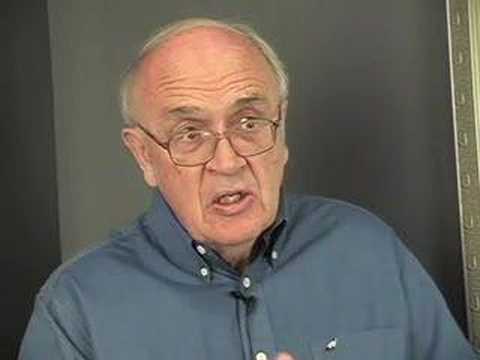|
We now know more about how humans learn than we ever have before. Research in everything from evolutionary biology to cognitive science to neurobiology has contributed to our current understanding. Some information is very new, like the amazing insights only recently available through brain-imaging technology. Other pieces of information are not so new, but they paint a new picture when they are put together with different pieces of the puzzle.
There is, of course, no way to summarize everything about human learning in a few pages on a website. Nor is that the intent. There are far too many individual details on everything from optimal group size to how minute portions of the brain decode written language. This site is instead about intersection and synthesis – about stepping back to look at the big picture instead of latching on to disconnected bitsof information to try to repair problem areas here and there. This site is also about filling out the picture where there are gaps and questions. That’s why this is a community project and a work in progress. Add your comments, resources and new research – get involved. Better yet, add a new page to give insight into a particular issue. Learning is a social activity and it is something we need to construct together for it to be meaningful. Together, we can start to build a vision for real educational transformation. Imagine schools, families and communities actually working in alignment with what we really know about how kids learn, grow and thrive.
|
When asked what a set of national standards should be like if you had to adopt them, former US Commissioner of Education Harold Howe II replied – "they should be as vague as possible". Featured VideoPrograms at Work |
- John Abbott. Battery Hens or Free Range Chickens What Kind of Education for What Kind of World? This presentation was given by John Abbott as the keynote speech to the Canadian Child Care Federation’s Linking Research to Practice: Second Canadian Forum held in Ottawa in November, 1999.



